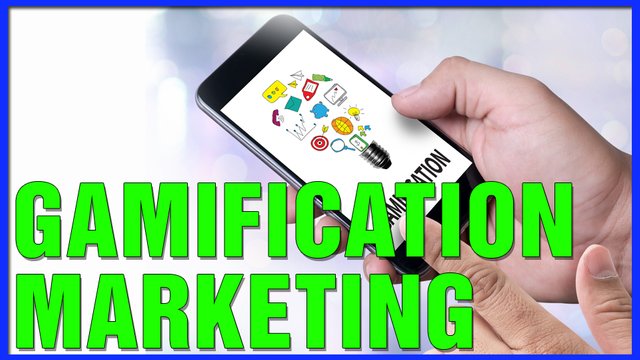How You Can Boost Your Marketing Results With Gamification

People love games, even after they’re long grown up and not supposed to enjoy such ‘childish’ pastimes any longer. They’re entertaining, they help us develop skills, build new relationships, and even to survive through training. Oh – and they’re fun, too. That always helps.
An interesting new trend in marketing has been gamification, as marketers seek to combat consumer advertising fatigue by leveraging more interactive marketing styles to engage them even more – and by 2020, this industry trend is likely to crack the $11.1bn point.
But what is gamification? At its heart, it’s simple games with rules that users follow when engaging and interacting. Add in an objective – win this discount, for example – it adds a sense of purpose. For many people, that inspires interest in winning.
In other words, you can transform a browser’s activities into interactions that are focused on building what your business wants them to do. Lots of sites already use elements of this – check out the seven key indicators of gamification:
- Points being rewarded
- Levels showing progress
- Leaderboards showing positioning
- Badges awarding actions
- Challenges to keep users engaged over time
- Onboarding – the training part of the game
- Loops of engagement which motivate further participation
These are all powerful psychological tricks, and in a generation where many of us still play video games, it’s tapping into that mentality, encouraging consumers to do much more than they would if there was not gamification element involved. Don’t forget, nobody likes losing, and when it comes to gamification, this powerful psychological aversion can really work to your advantage with some subtle markers.
You’re in good company, too – companies like Coca Cola, Nike, MacDonald’s and Sony have all been leveraging this strategy for years and with great results. With 64% of the US population playing games for almost 2 hours daily on their phone, this is a huge trend that is not going to slow down any time soon.
The first thing you need to do when considering gamification with marketing is to make the two connect. In other words, how can you measure the impact that your gamification will have on your marketing?
This is super important, as you need analytics to measure the success of your program. You’ll also need to know your target audience well. What kind of things do they like, and what kind of games will they like best?
A millennial isn’t going to like the same kinds of games as a 50 year old, or vice versa. The better you know your core audience, the better you can nail down the specifics of your game strategy. Get this wrong, and your campaign will flop, simply because it’s appealing to the wrong set of people.
If you’re wondering how much this is going to cost you, stop. This isn’t about getting a big budget for a swanky game with top of the range graphics. It’s about innovative ideas that are interactive and engaging, helping consumers to get involved with your business and buy more.
It could be as simple as a quiz or a challenge with a small reward in it, driven through Facebook. Some of the best games haven’t required much more than a simple childhood game, such as when Mars promoted their pretzel-flavored M&Ms with an I-Spy game.
That’s within everyone’s budget, and for the record, that campaign got tens of thousands of likes, shares, and comments. Yours can, too! One thing that made the Mars campaign work was that it was simple and uncomplicated.
Which brings me to my next point – don’t make it complicated! People aren’t going to invest a huge amount of brainpower into figuring out your game. If they can’t figure it out fast, they’ll just ignore it and move onto the next thing out there screaming for their attention.
It all boils down to one of the biggest problems in marketing today: the ever-decreasing attention span that people have. The best way to combat this is with small, simple activities that people can do quickly.
It also goes without saying that it should be fun! Even if your business is – honestly – a little on the boring side, that doesn’t mean that you can’t have fun. Look at FarmVille, the game that made the tedious grind of farming fun!
Looking at your own business and finding a thematic element that can be quickly gamified for fun is a great way to get a quick, fun idea that people can play for a little reward.
If you’re going to be giving away gifts, then you also need to consider what incentives you have. Product samples work, as do coupons or even exclusive content. Whatever the offer is, you need to make sure that it’s what people are looking for.
Depending on your business model, this can vary. One good way to see what works is to see what your successful competitors are doing. Don’t copy them – but emulation is a great way to get results yourself.
Finally, if you’re one of those people who likes to stay ahead of the curve, why not go for augmented reality? This is still rare, but those apps that do use it are incredibly popular. If you can think of a way to gamify your very own augmented reality fun, then there’s no doubt that you’ll get a significant marketing boost.
Gamification is a great way to boost your marketing, and it can be as simple or complex as you like. So, jump in and get your games ready!
marketing gamification, it's a very powerfull tool. "You can sell me anything when I'm interested in - https://hoversignal.com/"